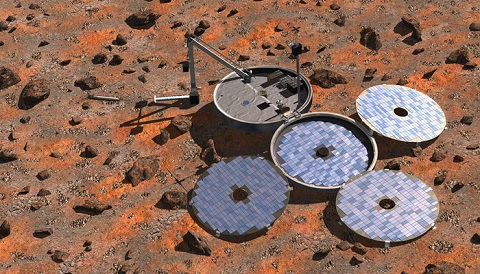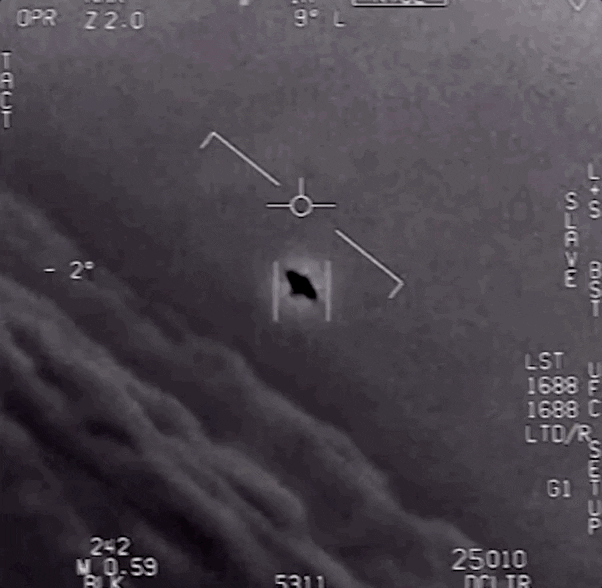IN BRIEF
- The ESA states that the IMU sensor ran one second longer than expected, which caused the lander to break too early and crash into Mars.
- This event underscores the dangers of space travel and the remarkable level of precision that is needed in order for humans to successfully colonize Mars
MEASUREMENT ERROR
It was NASA’s MRO images that broke the news just a few short weeks back: the Schiaparelli lander was dead.
NASA gave the first evidence that the ESA’s Schiaparelli lander seemed to have crashed on its descent to the Red Planet, which occurred on October 19, 2016. The ESA later released a statement saying that contact was lost with the lander and that the photos reveal a new feature in the Martian surface consistent with a crash…a crater from the impact site.

Now, new findings from the investigation reveal what may be the real cause of the crash. The ESA believes that a one-second failure in one of its sensors caused its systems to deploy prematurely.
Yes, just a one-second failure doomed the entire mission.
An ESA statement said that much of the mission went along smoothly. The lander was actually able to deploy a parachute 12 km off the Martian ground and release its heat shield 7.8km off the ground, just as planned.
As the lander was falling under the parachute, the Inertial Measurement Unit (IMU), which measures the rotation of the lander, ran one-second longer than expected. When its erroneous measurement combined with the navigation data, the lander started thinking that it was below ground.

An artist's impression of Beagle 2 on the surface of Mars.
ESA/Denman productions
That made it release the parachute, remove its backshell, fire its braking thrusters, and deploy its sensors. All from an altitude of 3.7 km—and if you are breaking 3.7 km before you land, then you aren’t breaking when you are actually landing.
The final report of the findings is expected by early 2017.
EVERYTHING PERFECT
This is not the ESA’s first stroke of disaster when it comes to Mars. Back in 2003, Britain piggybacked its Beagle-2 Mars probe on the ESA’s Mars Express Orbiter. But after parting with the orbiter to get to the Martian surface, it was never heard from again.
These events show just how much preparation we still need to do to get humanity to Mars. Even just tiny, one-second events can send manned space crews hurtling towards their deaths in the barren wastelands of Mars.
Schiaparelli, Beagle-2, and even the Challenger disaster show how amazingly difficult space travel and rocket science can be. With aggressive launch windows and timetables being publicized by NASA, SpaceX, the ESA, and other space agencies, one must wonder if slow and steady wouldn’t lead to a better race (and finish line).























